Visitors expecting a wild Halloween full of costume parties and debauchery may be surprised to learn that in Poland the October 31st ‘holiday’ is completely overshadowed by the rather sobering, sombre proceedings of November 1st and 2nd every year.
Known nationally as All Saints’ Day (Dzień Wszystkich Świętych) and All Souls’ Day (Dzień Zaduszny, or Dzień Wszystkich Zmarłych) respectively, these two days of the calendar year are dedicated to prayer and paying tribute to the deceased by visiting their graves. In accordance with tradition, Catholic families all over Poland will make pilgrimages to the resting places of their relatives, tending the graves with a care that is truly touching, before laying wreaths, flowers and candles that will be kept lit throughout the length of the holiday. As night descends, the country’s graveyards are aglow with the warm light of literally thousands of flickering candles, creating an eerie, incredibly evocative atmosphere that should not be missed by anyone with a heart that still beats.Like so many customs incorporated into Catholicism, this tradition actually has pagan roots, and was established as a holy day of obligation in 998 to replace the ancient Slavic tradition of ‘Dziady’. During Dziady (literally, ‘Forefathers’), the living would prepare an elaborate feast to host the souls of those who had passed, believing that on this day they were able to leave the afterlife and return to their families. Places were set at the table for the ancestors and fires were often lit on the road showing them the way to the house. A soul forgotten at Dziady would bring on bad luck. [For this reason we challenge you to find an unloved grave, however unlikely, and light a candle there.]

As it happens, Kraków is perhaps Poland’s most evocative, 'necropolitan' city in which to witness the events. While visitors to the city may not have ancestors buried here, a trip to one of Kraków’s cemeteries during this unforgettable ceremony is, indeed, requisite. While we could wax poetic about the unearthly glow of the immense candlelight, the murmur of prayer and psalms, the subtle smells of the incense, fresh flowers and burning wax, the shades of ravens in the trees, the wet grass and mists, and the surreal duality of the supernaturally charged, yet tranquil atmosphere...we’d prefer you just experience it for yourself.
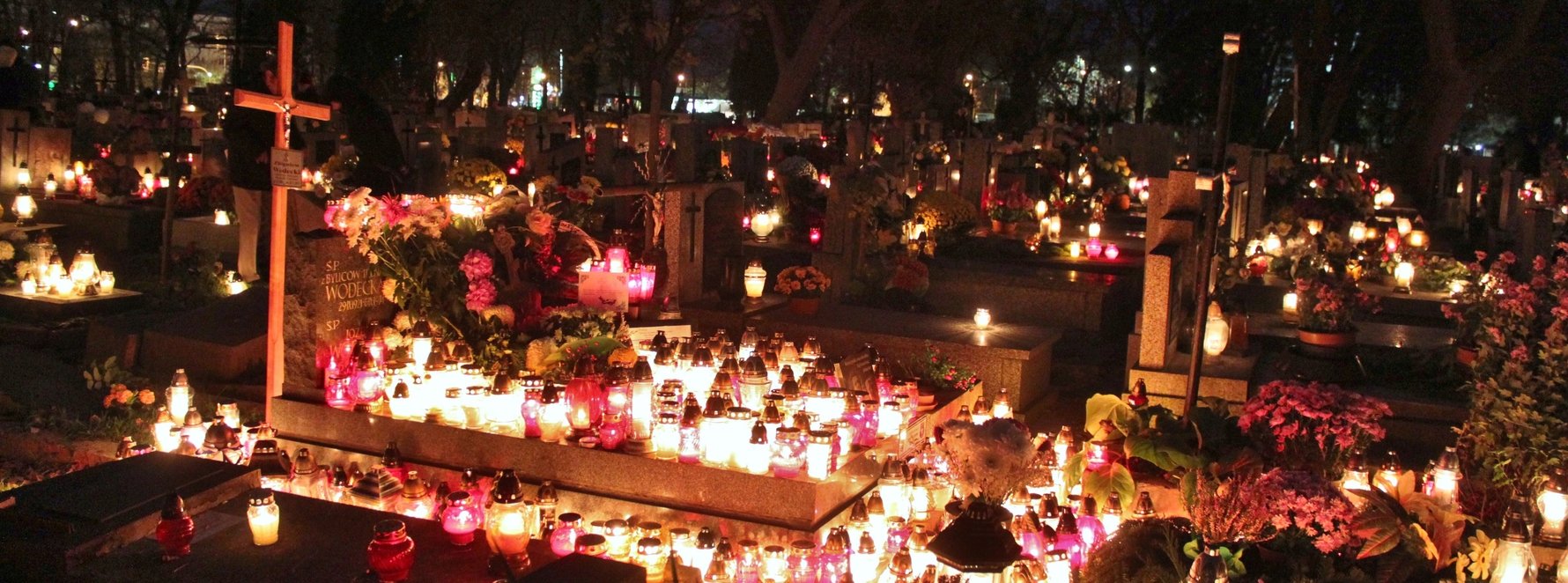
Practical Info for All Saints' Day
Note that November 1st is a bank holiday; only public transportation and emergency response employees are obliged to work this day. Kraków's Catholic cemeteries, in contrast, will be open until last guest, with special tramlines running frequently and until late at night in order to accommodate visitors. Use krakow.jakdojade.pl to find connections. Don't worry, candles of all varieties can be bought outside the cemetery gates, as well as flowers - fresh or fake, traditional sweets and roasted nuts.Best Kraków Cemeteries to Visit
So which cemetery should you visit? Below we list our three favourites in the centre of Kraków. Certainly the best time to visit is right at dusk, but note that on November 1st the crowds are at their peak just after sundown and until about 20:00, particularly in Rakowicki Cemetery. For less crowds, consider visiting the following day on November 2nd or even later in the week.RAKOWICKI CEMETERY
The largest and most important of Krakow’s cemeteries, Rakowicki is also its most moving site during All Saints.’ Within the astounding candlelight you’ll find many fine examples of sepulchral art, as well as impressive memorials to Poland’s 20th century struggles. Some of the most important artists, politicians and statesmen in Polish history are buried here, including painter Jan Matejko, actress Helena Modrzejewska and theatre visionary Tadeusz Kantor. Turn left after entering the main gate to see the oldest section of the cemetery with graves from the first half of the 19th century. Also worth seeking out is 'The Alley of the Distinguished' - a pantheon of contemporary Cracovian and national culture; turn right from the main entrance and follow signs to 'Aleja Zasłużonych.'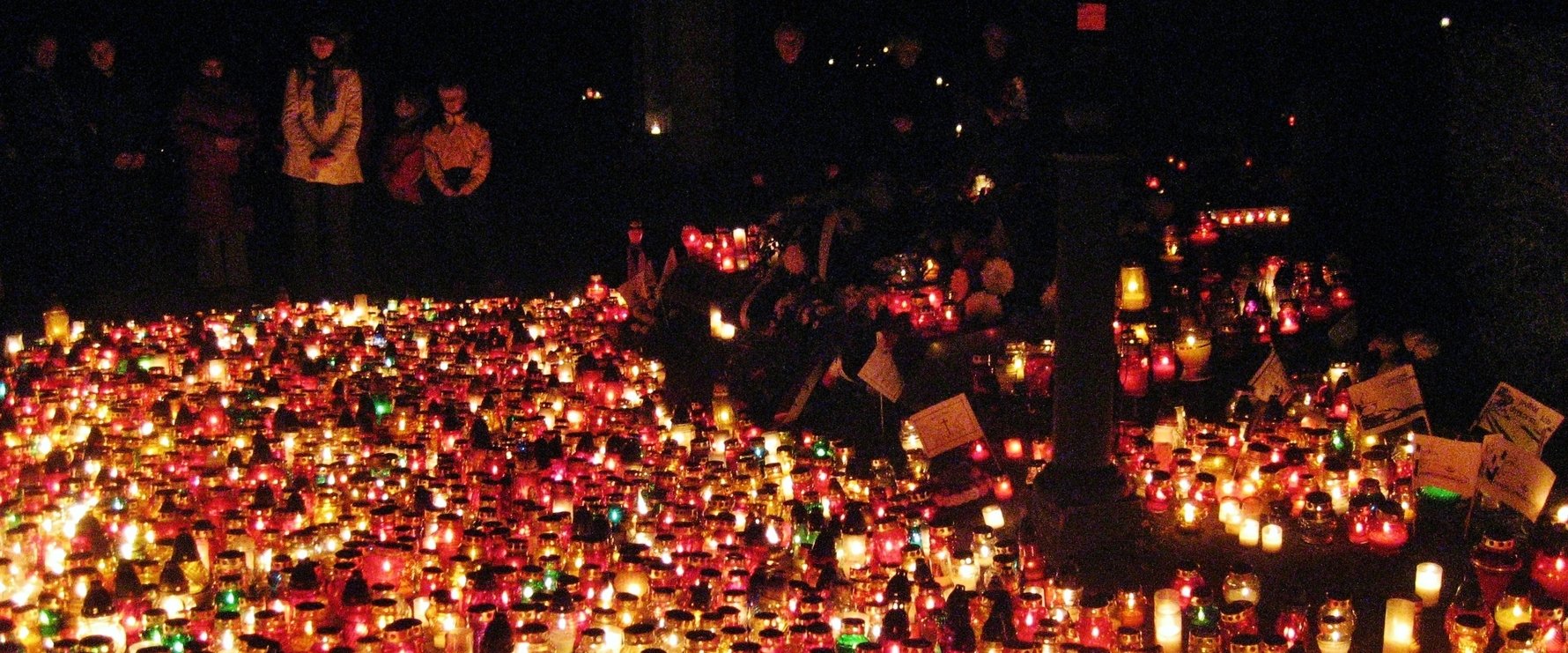
Across the street is Kraków’s Military Cemetery, where you'll find a monument of Pope John Paul II surrounded by candles (the late Pope's parents are actually buried in Rakowicki, while JPII himself rests in the Vatican). Together these two cemeteries represent an important source of Polish patriotism. A twenty minute walk from the market square, simply follow the throng, or take a tram to 'Cmentarz Rakowicki' - the end of the line - and throng it from there.
NEW PODGÓRZE CEMETERY
This large, picturesque memorial park is our favourite cemetery to visit over the holiday thanks to its basin-shape which creates an amphitheatre of coloured candlelight. It is also much more peaceful than Rakowicki, which can feel like a bit of a circus on November 1st. Located behind Krakus Mound, if visiting New Podgórze Cemetery on All Souls’ Day (Nov. 2nd) don’t be surprised to find locals celebrating modern paganism on top of the mound around midnight, from which you can also catch views of every cemetery in Kraków glowing in the distance. To get there fetch a tram to the ‘Cmentarz Podgórski’ stop.
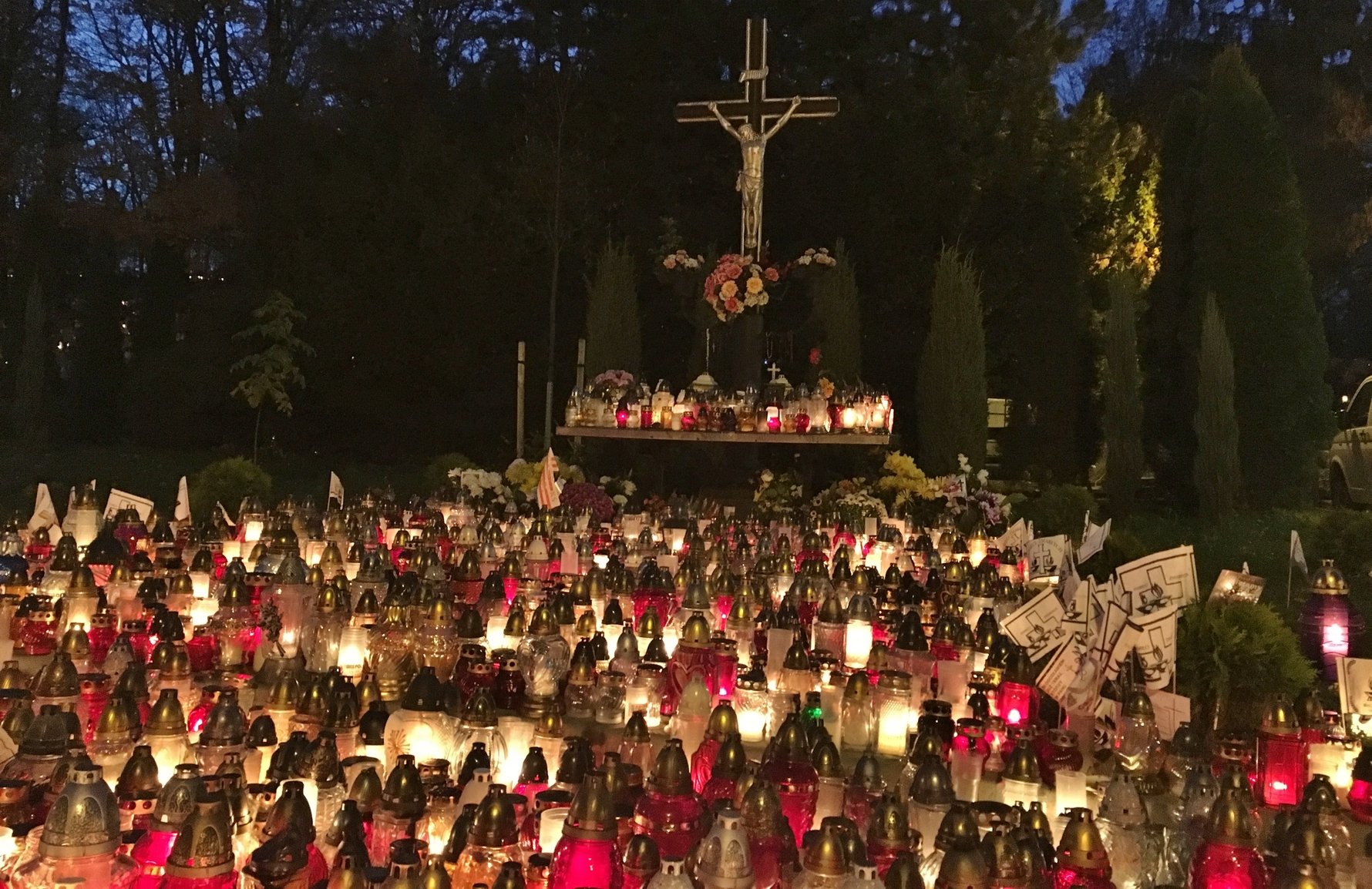


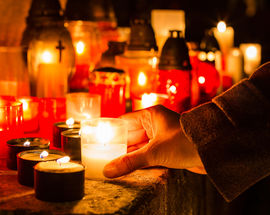

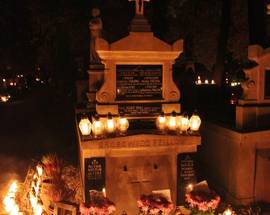
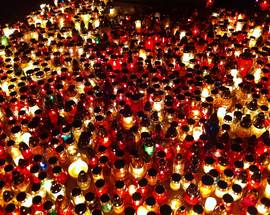
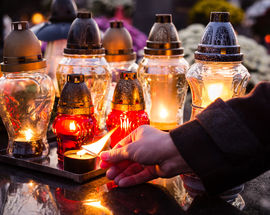
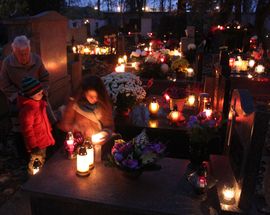
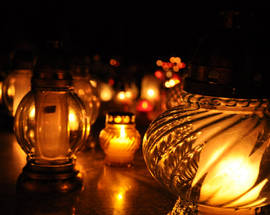
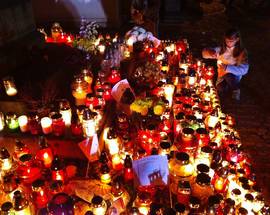
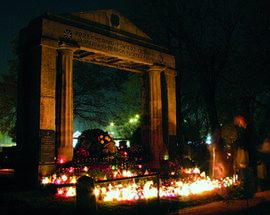

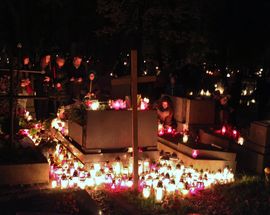
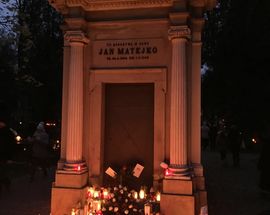

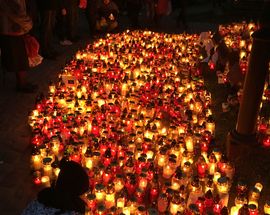
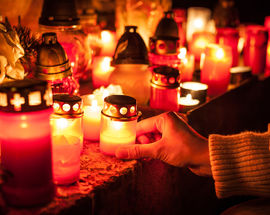



Comments